Understanding Tariffs With a Little Help from Kpop Demon Hunters

Hi friends,
I have a confession to make: I do not, by nature, gravitate toward economics and trade. Want to talk about the minutiae of an international organization’s Rules of Procedure? I’ll bring my own, probably dog-eared, copy. Got questions about migratory bird treaties? Please block off at least two hours on your calendar, and I’ll buy the coffee. But economics? Not usually my first choice for a topic of conversation.
I can, however, read the writing on the wall. In the last week alone, President Trump has announced tariffs on lumber, timber, kitchen cabinets and upholstered furniture, heavy trucks, certain brand name or patented pharmaceutical products, and any films not made in the United States. These announcements build on many prior waves of tariffs, both implemented and threatened, as well as frequent calls on countries affected by tariffs to negotiate with the U.S. in order to bring them down. As a result—as much for my own curiosity as anything else—I want to use this month’s edition of Foundations to dig into tariffs together.
Specifically, I’d like to focus in on the ways tariffs are used as a foreign policy tool. I don’t plan to cover the domestic pros and cons of recent tariffs, or the U.S. legal authorities for implementing tariffs in the first place, both because that would make this newsletter longer than anyone wants to read, and because there have been quite a lot of good articles written on those topics already. (See, for example, the recent New York Times article on the effect of tariffs on U.S. small businesses, as well as Lawfare’s deep dive on the International Emergency Economic Powers Act, or IEEPA.) I will, however, note in passing that there’s a U.S. Supreme Court case challenging President Trump’s authority to impose tariffs under IEEPA. Oral arguments are currently scheduled for November 5th.
No but seriously, what’s a tariff?
At its most basic, a tariff is a fee that a government charges an importer on certain goods or categories of goods imported into the country.
We can explore this further with some examples inspired by the movie my kid is currently obsessed with, Kpop Demon Hunters (though I promise you don’t need to have seen the film to follow along):
Let’s say that the United States decides to impose a tariff on all records by K-pop girl group Huntr/x that are imported into the United States from South Korea (a terrible decision, but go off). If these records cost $30/piece (they are super deluxe editions!) and the U.S. imposes 10% tariffs, the importer would be on the hook to pay $3/record to the U.S. government.
But here’s where potential effects of tariffs can diverge. The importer (let’s call them Empire Records, in this example) has some options:
1. Empire Records can decide to absorb the cost of the tariff. Maybe it calculates that it will sell more Huntr/x records this way than if it increases the price of the records, and thus will suffer less of a hit to its bottom line.
2. Empire Records can pass on the cost to consumers, and charge $33 for each Huntr/x record. They may decide that the price hike is small enough, and its customer base stable enough, that fans will be willing to pay extra to get the record. (Of course, this calculation may be different if instead of a $30 record tariffed at 10%, it is, say, a $50,000 truck tariffed at 30%, but you get the idea.)
3. Empire Records may pressure Huntr/x to absorb some or all of the costs. Empire Records may seek to pay a reduced price of $27/record to account for the additional fee it will have to pay to the U.S. government, or it may offer to split costs, with Empire Records and Huntr/x each accounting for part of the fee. If the U.S. (and Empire Records) represent a significant portion of Huntr/x’s market, Huntr/x may decide it’s worth it to lower their prices in order to avoid losing that market share. Huntr/x may also decide to lower its prices unilaterally, if it's worried that Empire Records passing additional costs onto consumers will hurt Huntr/x’s ability to sell its records in the U.S.
Empire Records may also opt for some sort of hybrid approach. For example, it could decide to raise the price of records by $1, negotiate a $1 reduction in price with Huntr/x, and absorb $1/per record itself.
How are tariffs used as foreign policy tools?
Let’s expand the example above from just Huntr/x records to all K-pop albums imported into the United States from South Korea. If an export is significant enough to a country’s economy, it may have an interest in keeping that industry from suffering significant loss in revenue. As outlined above, that loss in revenue could take many forms: U.S. consumers might purchase fewer records, given the increase in price; U.S. importers might try to force exporters to take on costs or risk losing business; or U.S. importers might go out of business themselves if they are unable to absorb or redistribute tariff costs.
At any rate, Korea may decide at this point that it is worth going directly to the U.S. government to try to negotiate a reduced tariff on K-pop albums. Whether it is successful will depend on a number of factors, including what the basis for the tariff is.
To pull back to the real world for a moment, the U.S. has given various justifications for its tariffs, some of which appear to be based on propping up a specific U.S. industry, while others are seeking concessions from or imposing costs on foreign governments. The president’s social media post about imposing tariffs on the film industry suggests that these tariffs would fall in the former category, stating, “Our movie making business has been stolen from the United States of America, by other Countries […].” Similarly, the president has indicated that he views tariffs on pharmaceuticals as a way to increase production of those drugs in the U.S.
But other tariffs more clearly have a foreign policy goal in mind. If you read our September newsletter on the conviction of former Brazilian president Jair Bolsonaro for attempting a coup, you’ll recall that the Trump administration imposed 50% tariffs on many Brazilian goods as a way to demonstrate its displeasure with the case, referring to it as a “witch hunt.” Similarly, the U.S. imposed 50% tariffs on India in response to India’s purchase of Russian oil, arguing that such purchases help fund Russia’s war against Ukraine.
How can other countries respond to tariffs?
Countries whose major industries are subject to tariffs respond in a number of different ways. India and the U.S. are engaged in trade talks to reduce tariffs, though India’s purchases of Russian oil continue to be a sticking point. At the same time, India is seeking trade deals with other countries in order to offset U.S. tariffs: it has signed a free trade agreement with the U.K., and is in the process of negotiating one with the European Union.
Brazil has taken a similar approach, and is deepening economic ties with other countries—including with China, which purchased 31% more from Brazil in August of this year than it had the year before. Sometimes pressure to lift tariffs comes from the inside as well. In September, the U.S. lifted a 10% tariff on Brazilian cellulose based on pushback from U.S. manufacturers of paper goods like diapers and tissues.
Countries can also impose or threaten their own tariffs on U.S. imports. These are often referred to as “retaliatory tariffs,” as they’re issued in response to another county’s tariffs or trade barriers. China implemented retaliatory tariffs on U.S. imports in advance of its trade talks with the U.S., and has also declined to buy any soybeans from the U.S. this year in favor of placing orders with Brazil and Argentina instead. While the World Trade Organization (WTO) was established to play a role in trade disputes, including the issuance of retaliatory tariffs as a remedy for winners of those disputes, the U.S. has largely sidelined the WTO in its recent actions. Additionally, both the Trump and Biden administrations have blocked appointments to the WTO’s Appellate Body, which means that it does not have a quorum and cannot hear appeals.
And of course, all other foreign policy tools remain on the table in the course of trade negotiations: countries may offer or withhold other things that the Trump administration wants, such as agreements to accept migrants deported from the U.S., support for U.S. positions at the U.N. or other international organizations, or, as we saw in the announcement of a potential U.S.-China TikTok deal, progress toward other mutual priorities.
I’ll close by sharing that the New York Times has a really great Tariff Tracker that it’s using to keep track of U.S. tariffs, both by country and industry. But if this has been enough tariff talk for one day and you’d prefer to listen to “Golden” on repeat instead, you have my full support.
ICYMI
- This week’s edition of The Brief covered the implications of drastic U.S. cuts to its U.N. contributions;
- I posted a short video to social media about the results of Moldova’s parliamentary election (it’s good news!);
- The Connection is now on Threads;
- We officially have a Bookshop affiliate link where I’ll share the foreign policy books I’m reading! Bob Woodward’s War is up there now.
Thanks for joining me today, and I'll see you back here soon.
Alexis
Looking for other ways to participate? Head over to the Community Engagement tab to learn about how to contribute a guest post, or how to bring me to your organization or classroom for an in-depth discussion of how to engage on foreign affairs and human rights in our current era. You can also follow The Connection on Bluesky, Facebook, Instagram, LinkedIn, and Threads.
